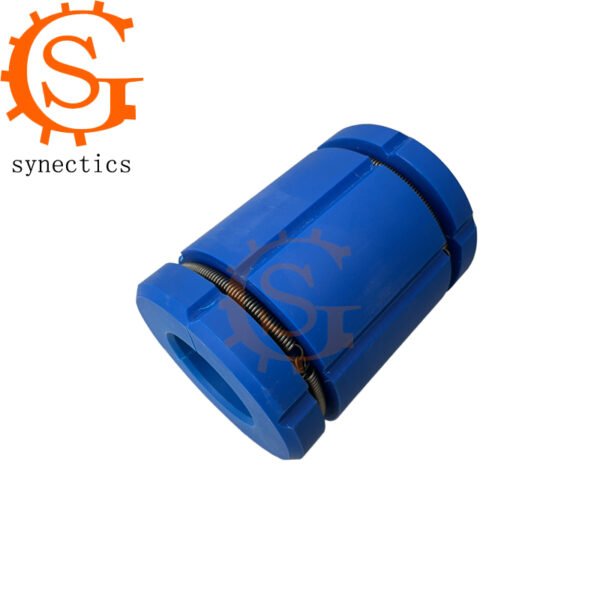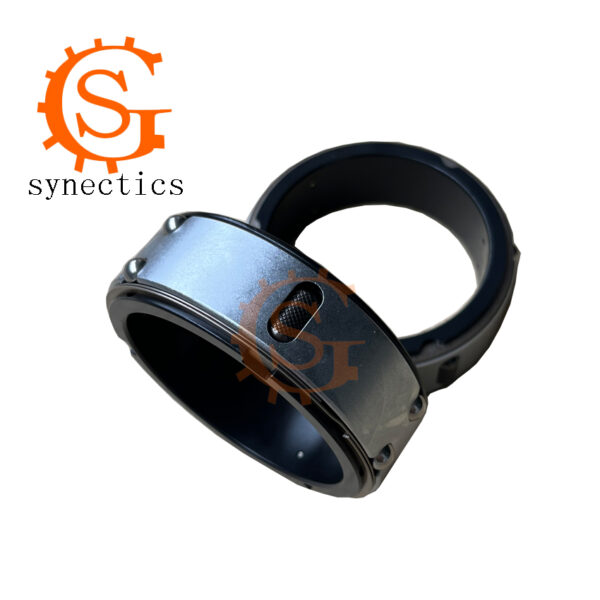A “quick lock ring” for a “friction shaft” refers to a component commonly used in mechanical systems, particularly in machinery and industrial equipment, to ensure secure and rapid assembly or disassembly. The quick lock ring is a type of locking device that facilitates the locking and unlocking of shafts without requiring tools.
**Function:**
The primary function of a quick lock ring is to securely fasten or lock a shaft into place within a mating component, such as a gear or a bearing. It is designed to resist rotational movement while allowing axial (back-and-forth) movement. This makes it particularly useful in applications where shafts need to be locked in place for operation but also need to be easily removable for maintenance or adjustment purposes.
Components:
A quick lock ring typically consists of several parts:
– Ring:The main part that fits around the shaft.
– Nut or Washer: Often used in conjunction with the ring to apply pressure, creating the locking effect.
– Spring:Sometimes included to ensure a tight fit and maintain the locking force.
Assembly Process:
1. Positioning: The shaft is placed into its mating component.
2. Ring Installation:The quick lock ring is slid onto the shaft over the mating component.
3. Nut/Washer Application: A nut or washer is then screwed onto the end of the shaft opposite the quick lock ring, pressing against the ring and applying force.
4. Locking: As the nut is tightened, it compresses the ring against the mating surface, creating a locking action. The design of the ring may include teeth or a profile that interlocks with the mating component or with other elements on the shaft.
Disassembly:
To remove a quick lock ring, the process is reversed. Typically, the nut is loosened, and then the ring can be slid off the shaft. Some designs might require additional tools for disassembly, especially if the locking is very tight or the components are under significant load.
Applications:
Quick lock rings are used across various industries due to their versatility and ease of use. They are common in automotive, manufacturing, and construction equipment where shafts need to be frequently adjusted or replaced during maintenance or repair processes. Their ability to provide a secure lock without the need for specialized tools makes them an efficient choice for many applications.









No comment